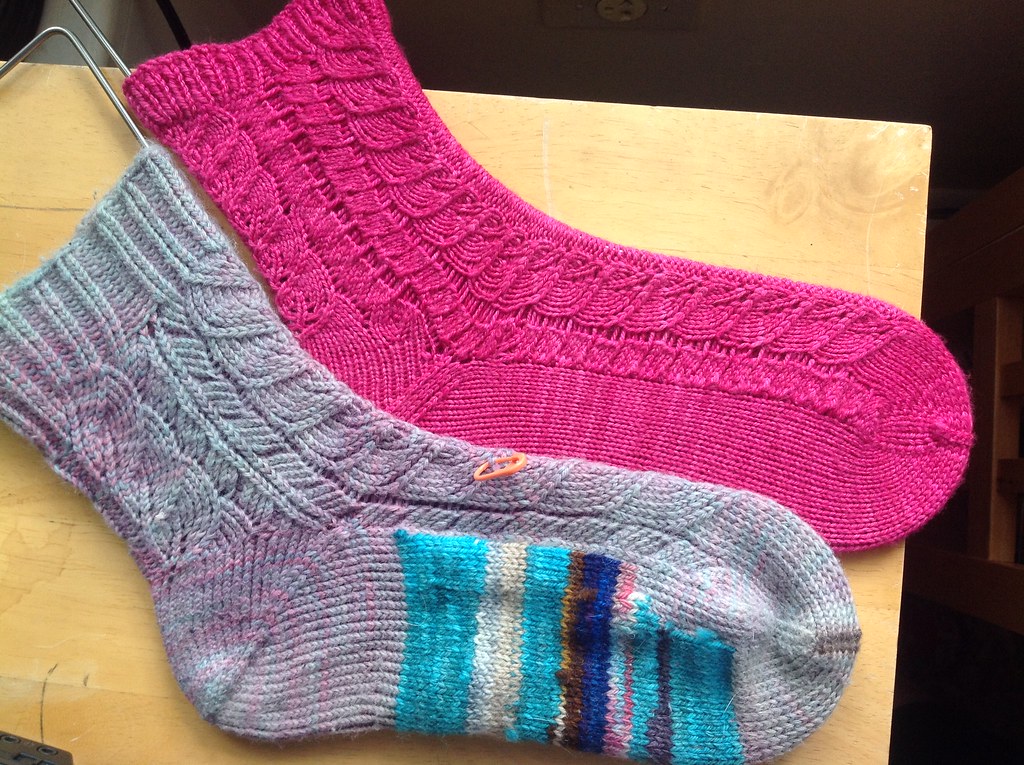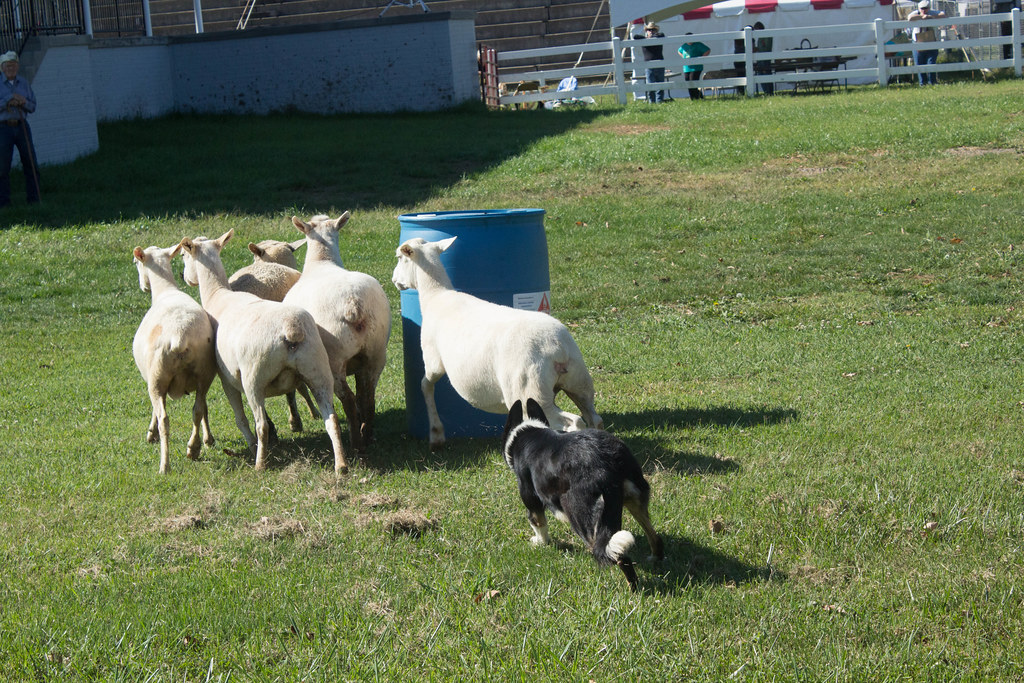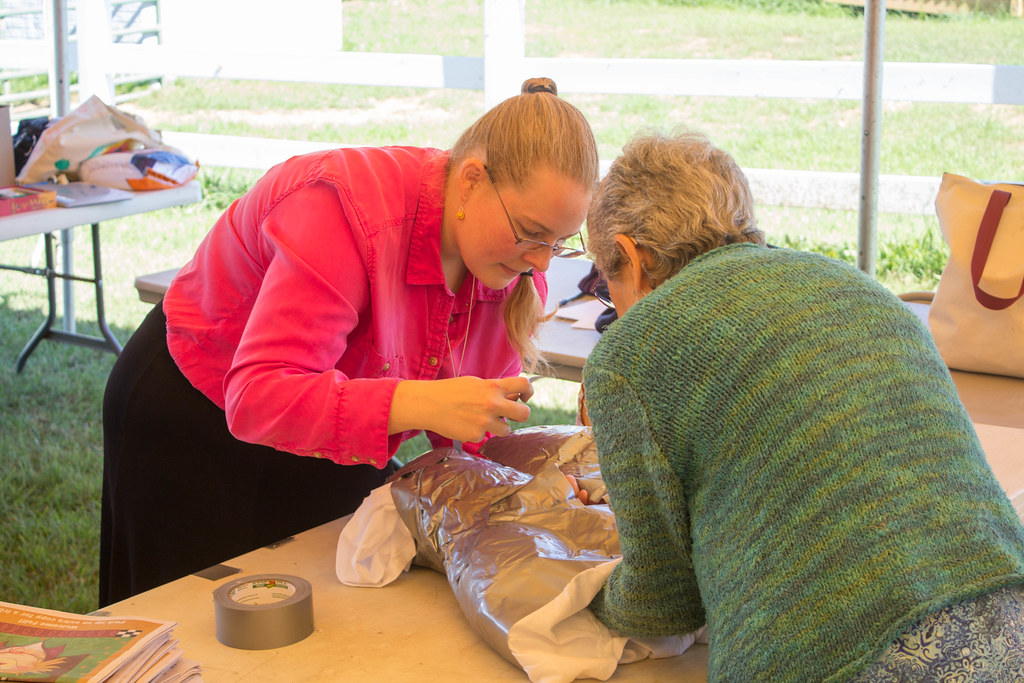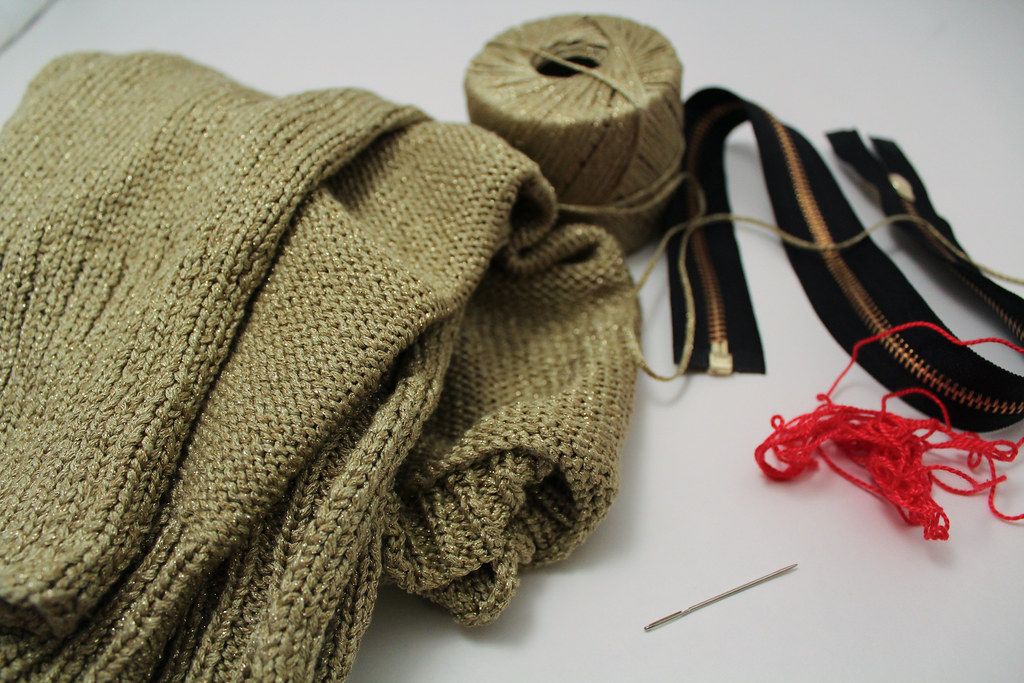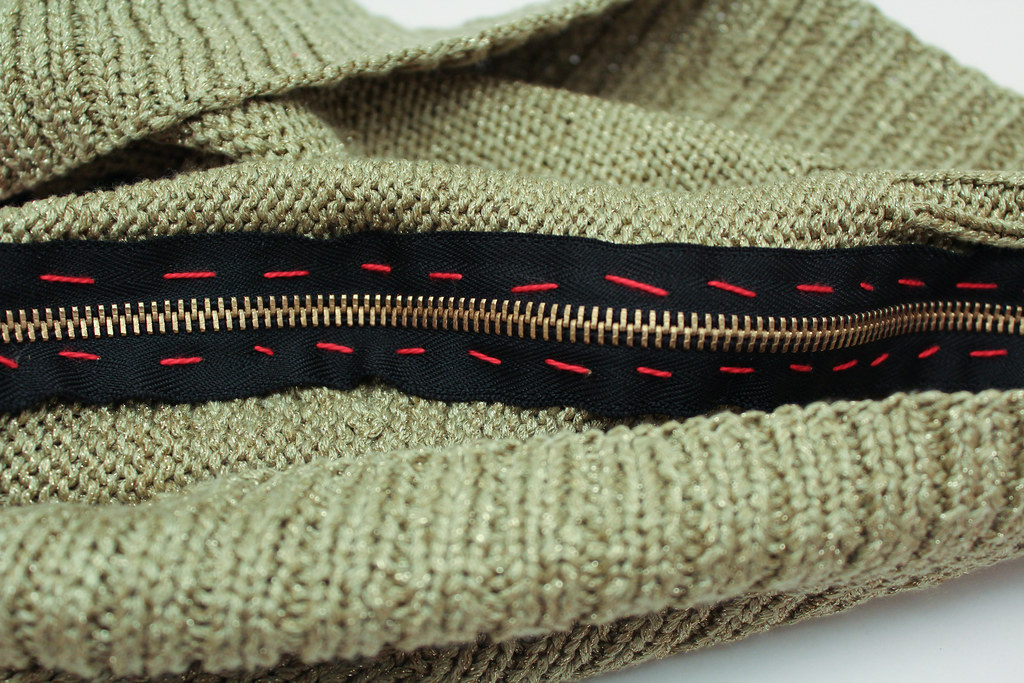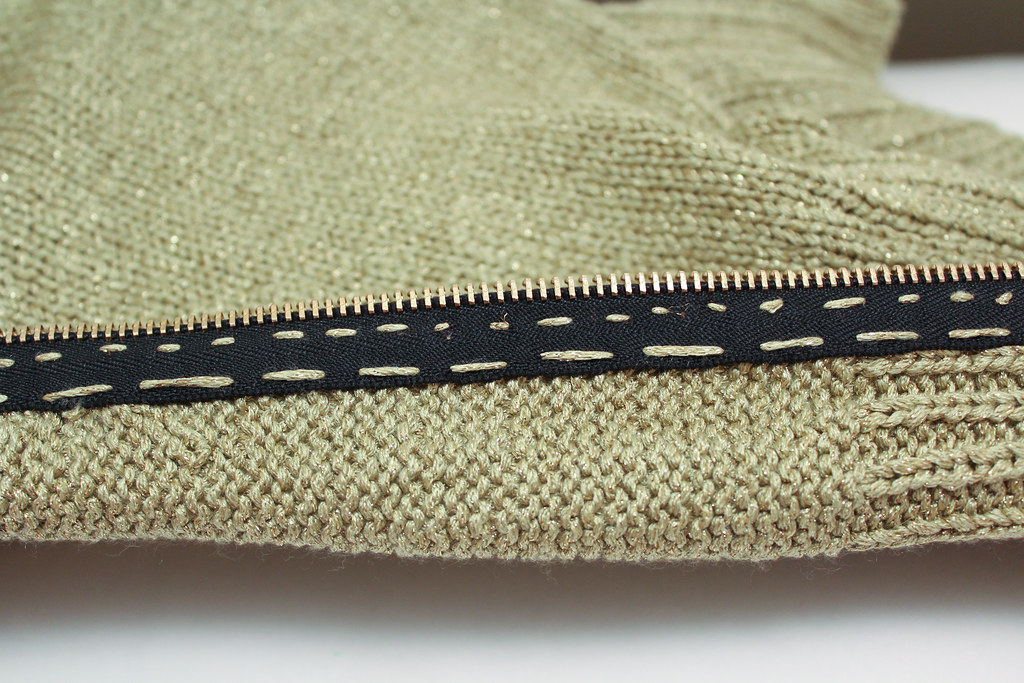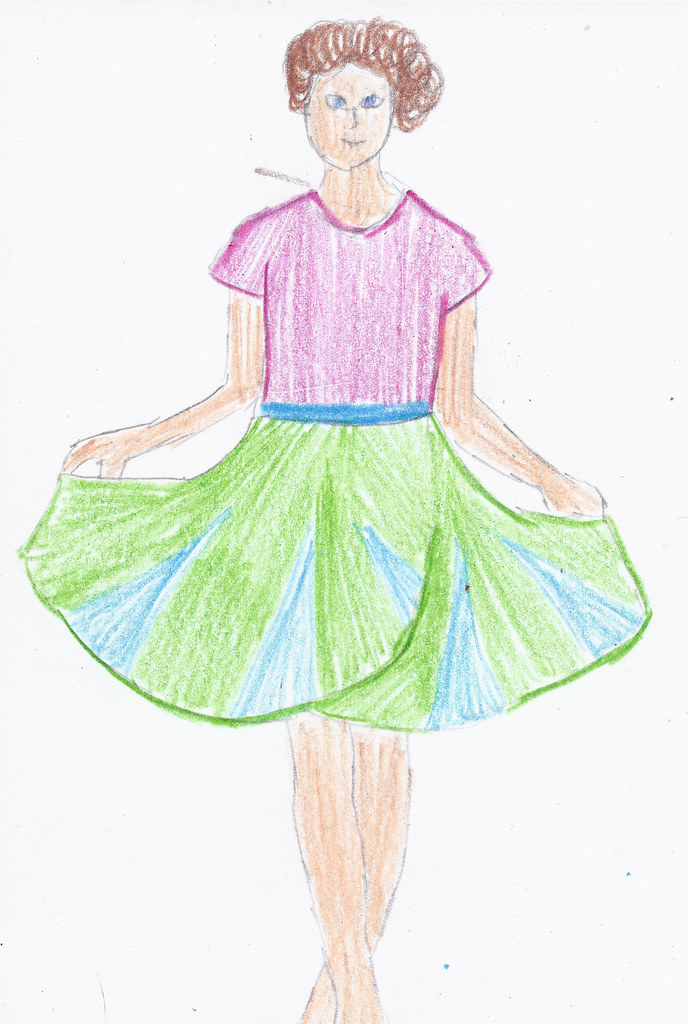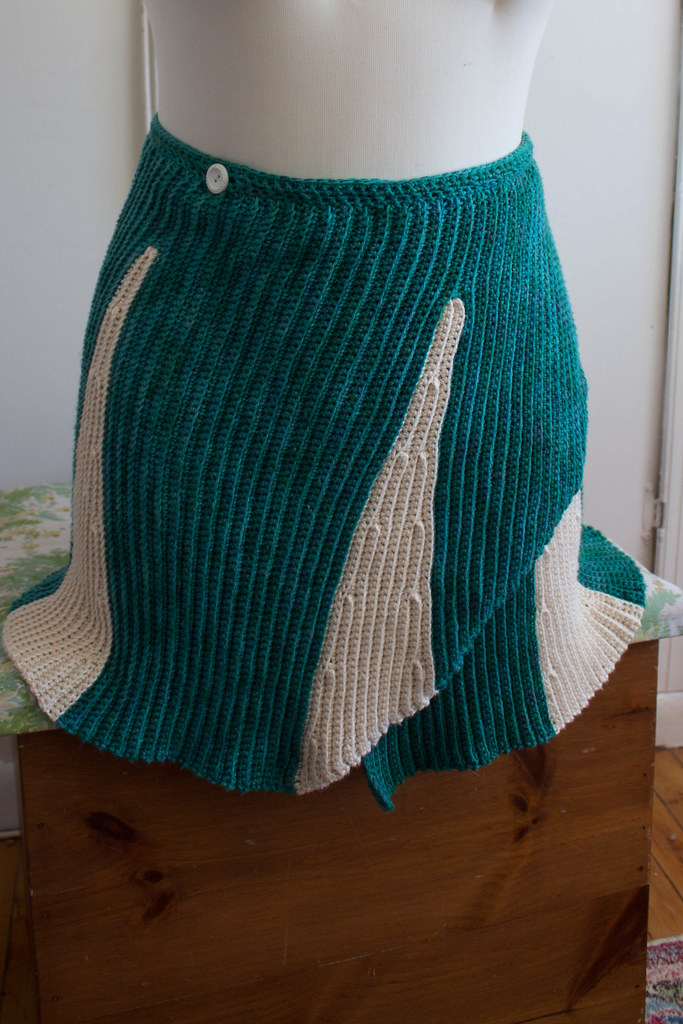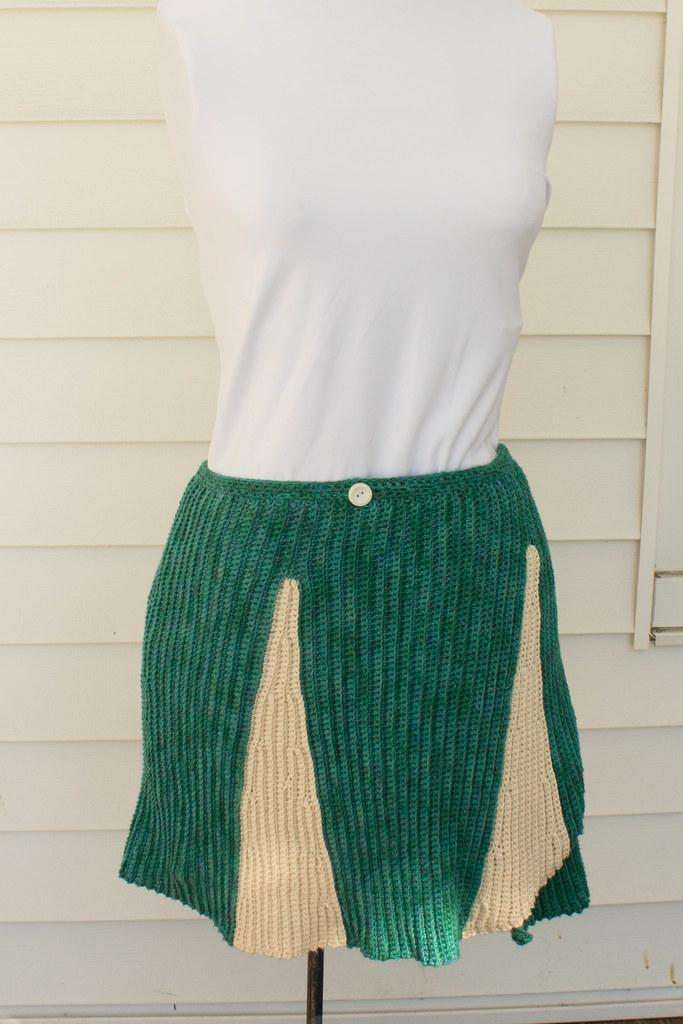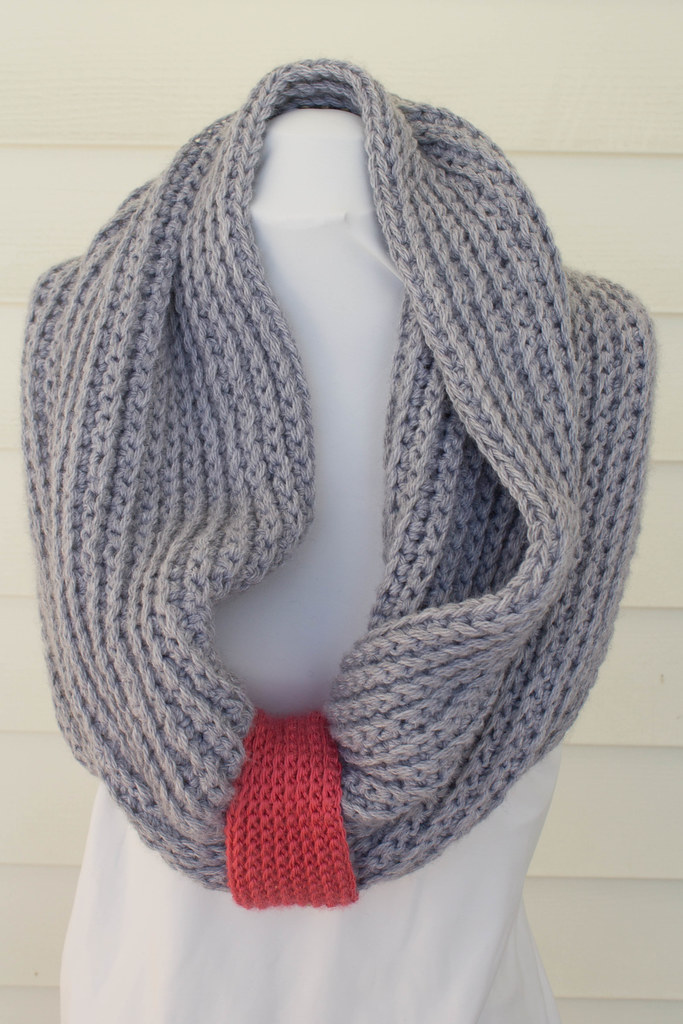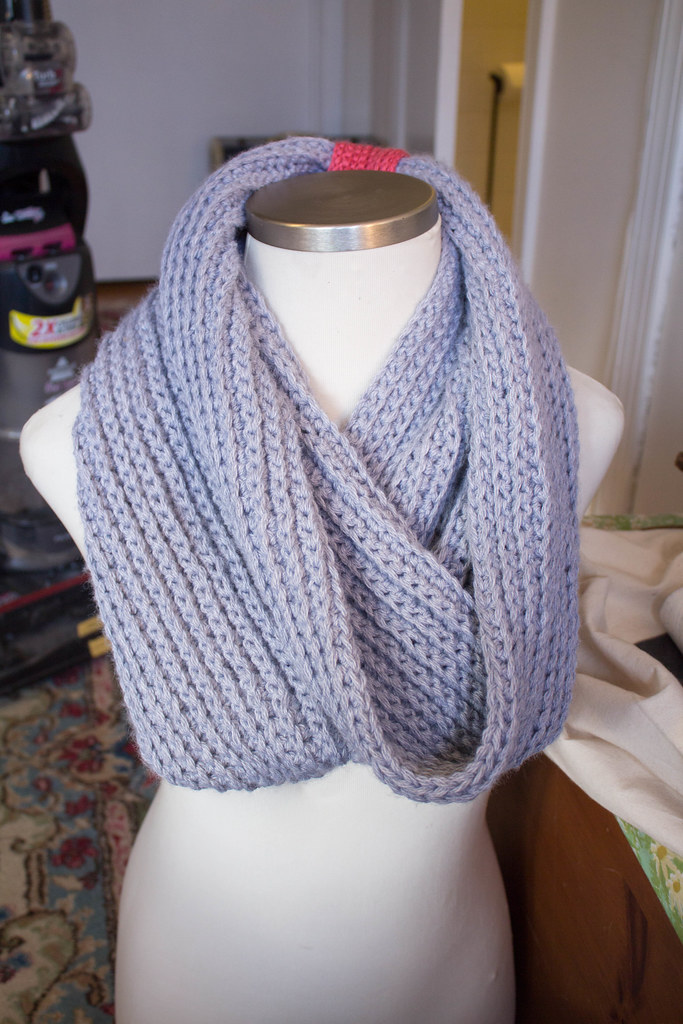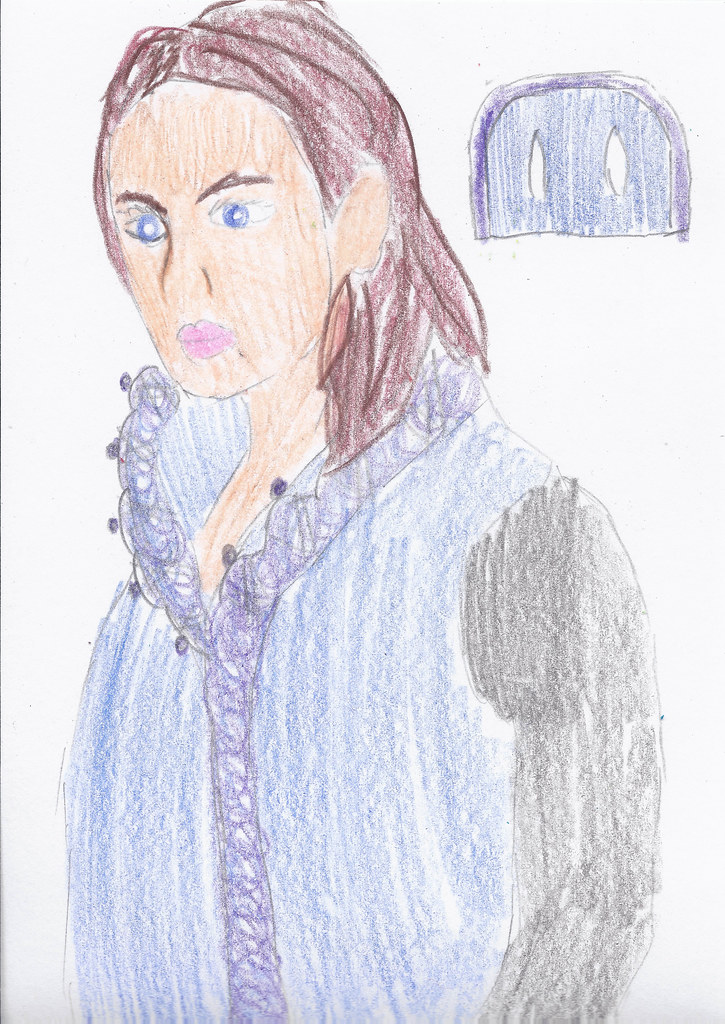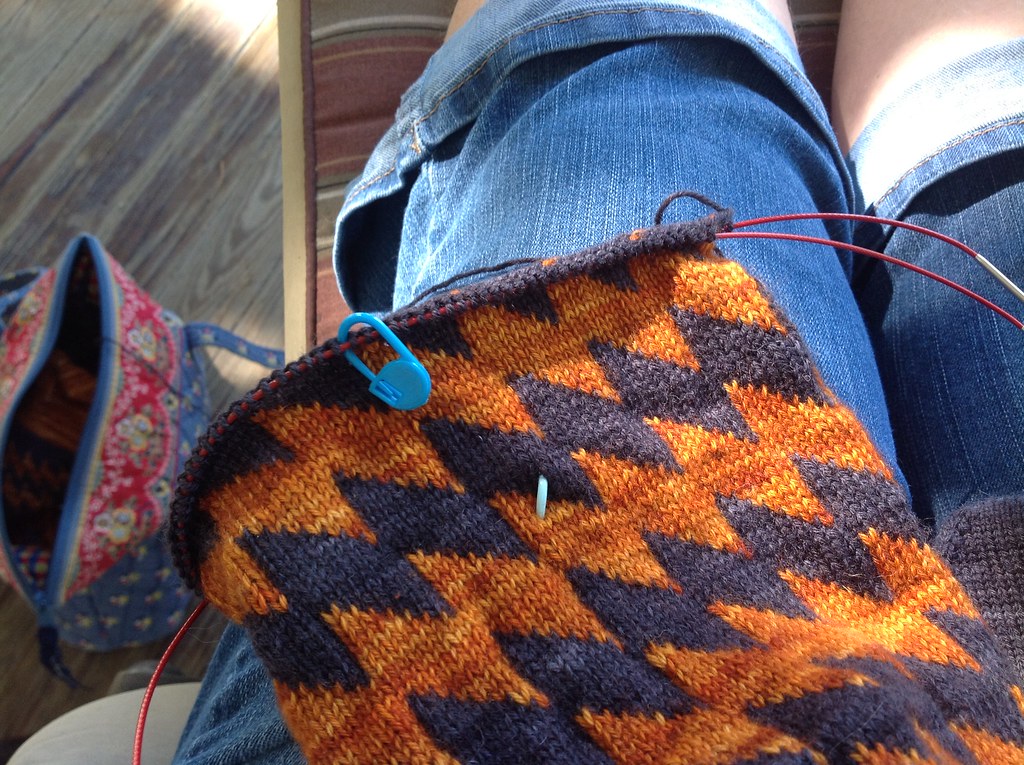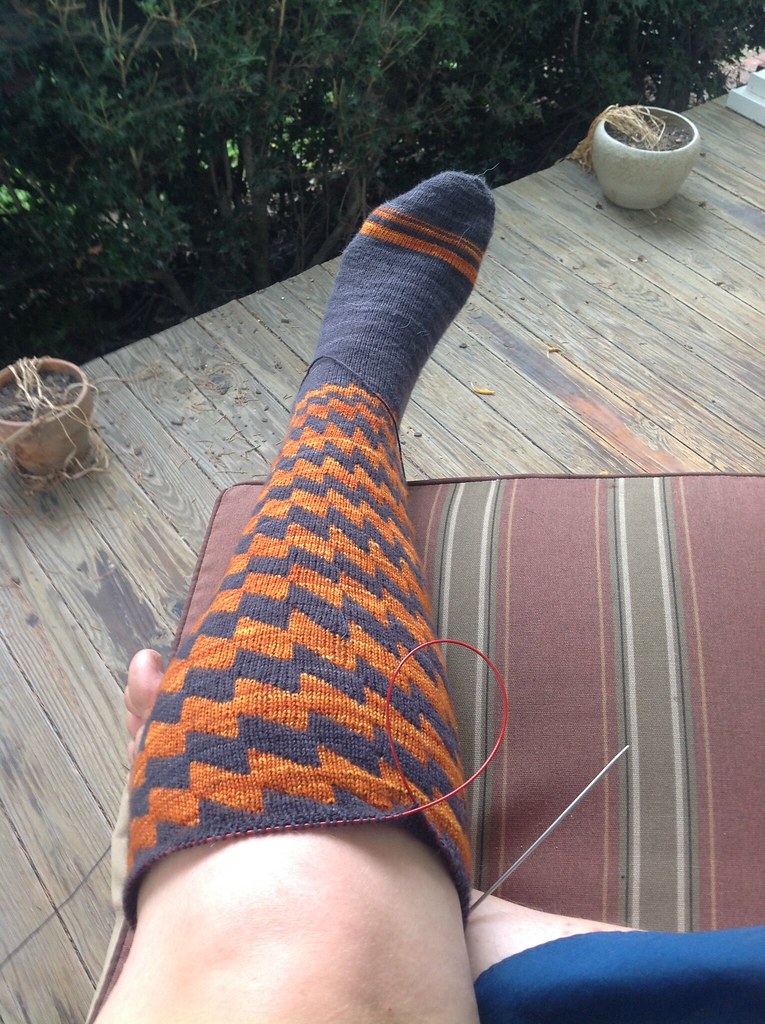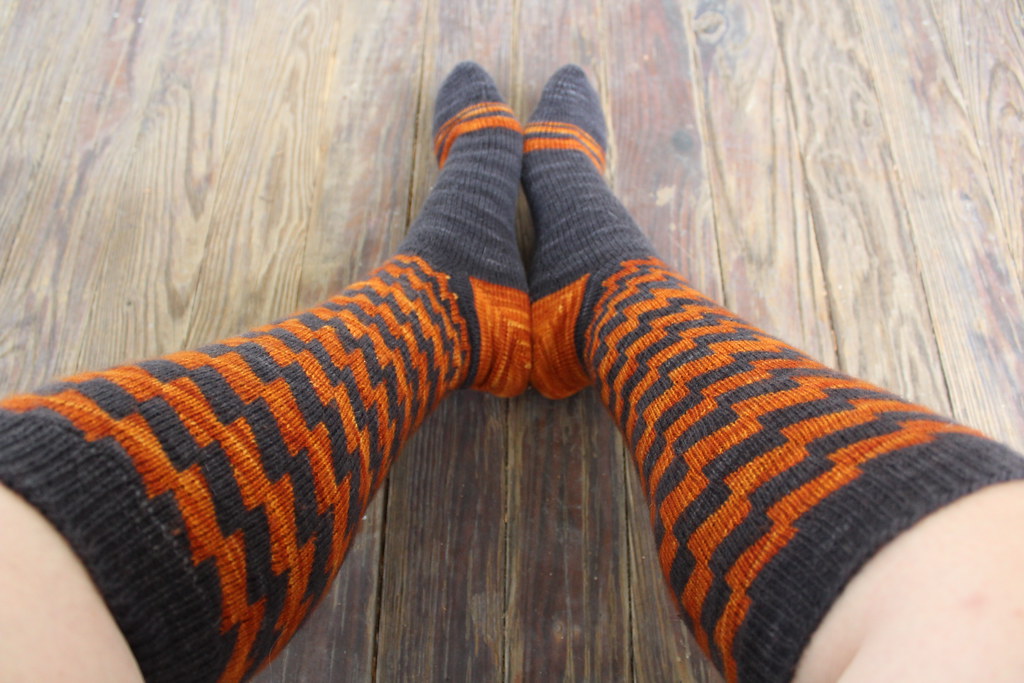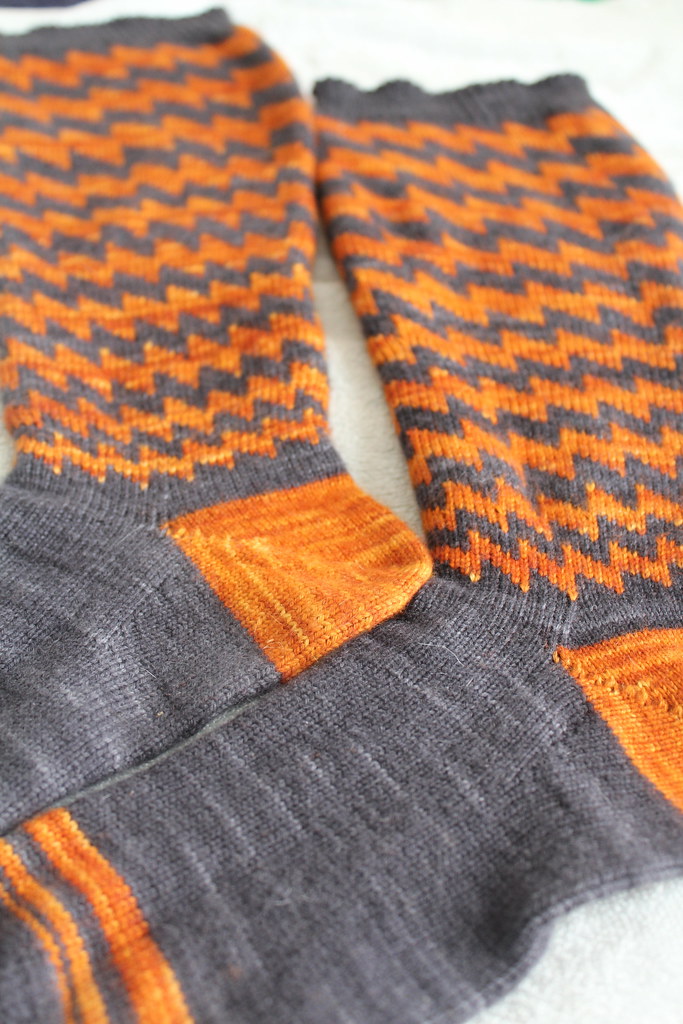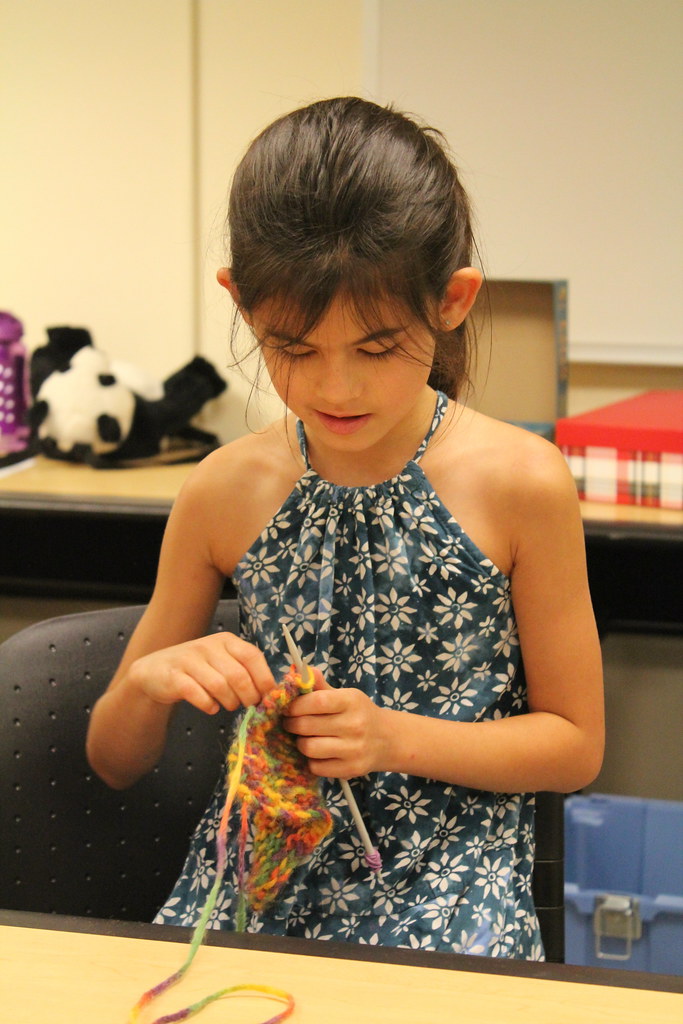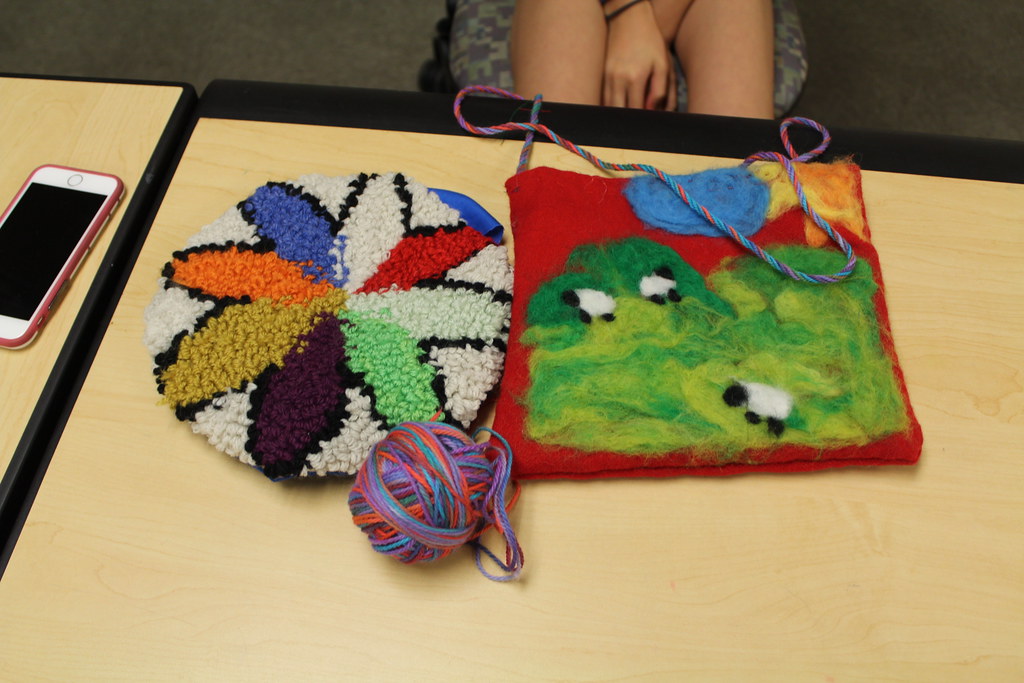Tomorrow I’ll be appearing on Marly Bird’s The Yarn Thing Podcast. I’m terribly excited: Marly is an incredibly smart businesswoman and very genuine with an infectious laugh. I’ve only gotten to meet her a couple of times – I’m so enthused to be able to chat with her on her podcast!
If you’ve never listened to a podcast before, they’re terribly fun. Basically radio shows for the internet, there’s a variety of shows I love. The Yarn Thing is one of the ones I listen to when I need to get some serious stitchin’ done.
Lest you think the show is all about yarn, knitting and crocheting, fear not – Marly is well known for arranging some killer prizes to give away during the show.
The Yarn Thing podcast runs live at 10 AM Mountain Time, but you can listen even after the podcast is done. The link is HERE.
I’d love to hear what you think of the podcast after the fact. Shoot me an email, comment, or send me a tweet or facebook message!


